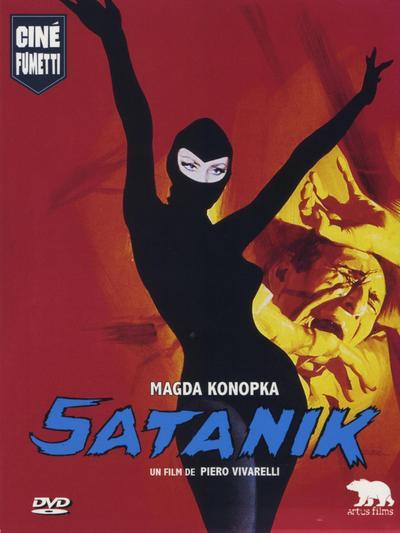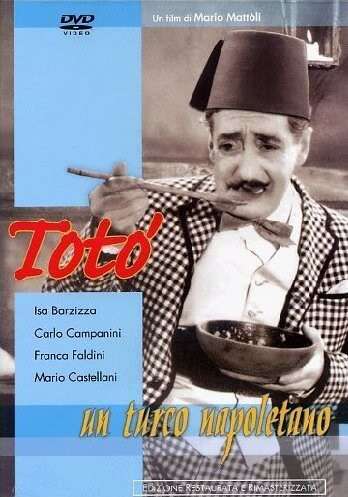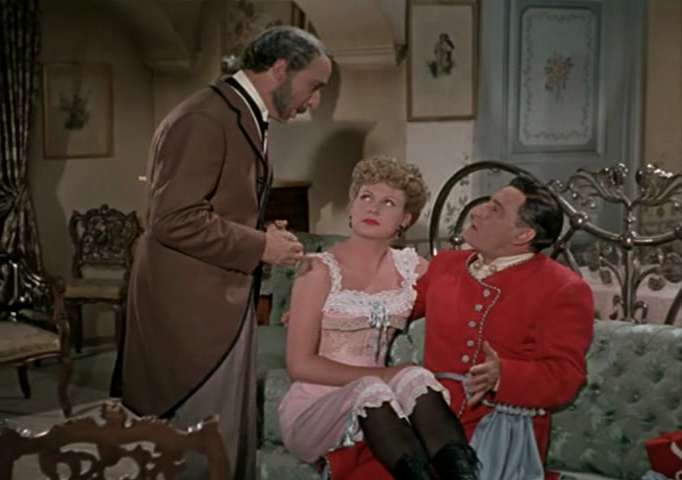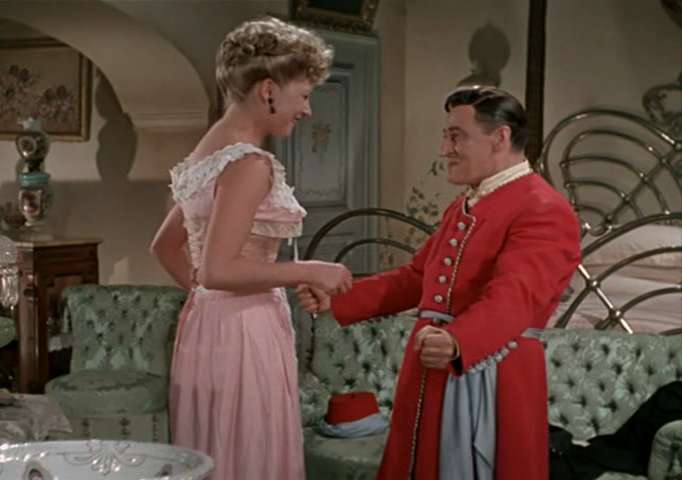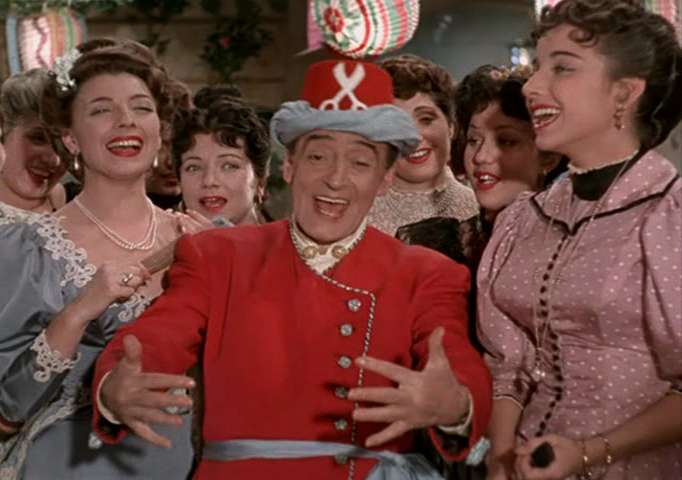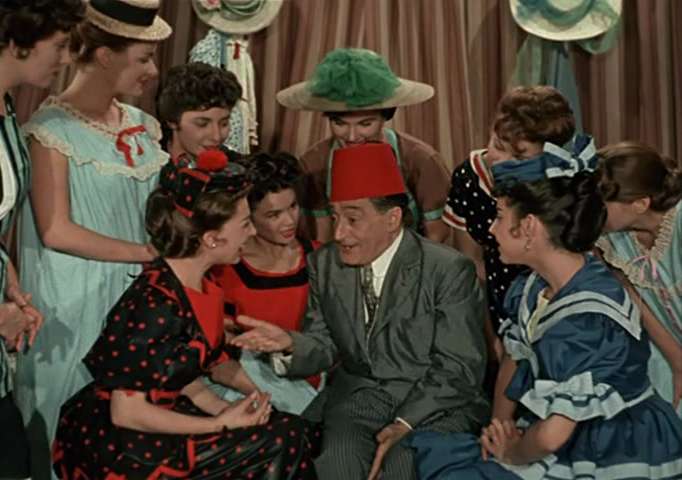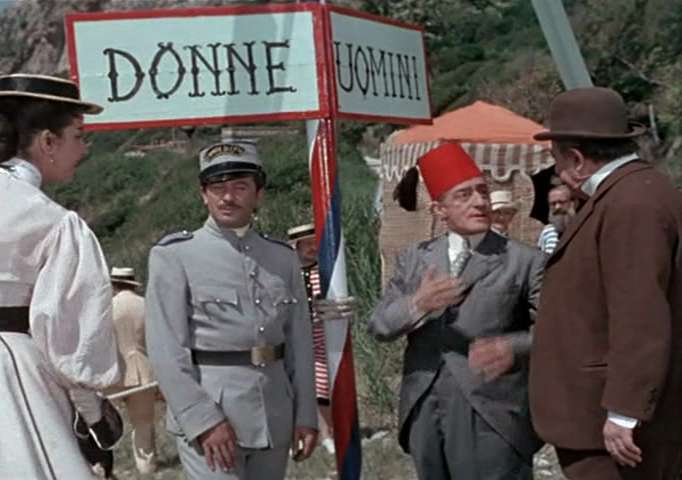![]()
![29f7c043f76a2bde437fd0d52a185152]()
Quote:
Having largely focused on literary adaptations from 1951’s Diary of a Country Priest through 1974’s Lancelot du Lac, Robert Bresson turned his attention to the politics of the present with this seminal, searing send-up of post-’68 France. Our protagonist is Charles, a young man adrift who tries out a variety of activities to lend meaning to his life: drugs, psychoanalysis, ecology, radical politics… With surgical precision (and, contrary to his reputation, a sense of humor), Bresson vividly chronicles how Charles and his similarly listless fellow travelers come to know firsthand the emptiness of modern existence, and the question becomes not so much how to cope but rather how to escape. Perhaps Bresson’s most explicitly political film, and among the most chilling cinematic portraits of a historical moment.
![]()
![]()
![]()
![]()
Vincent Canby wrote:
“THE DEVIL PROBABLY” (“La Diable Probablement”) is the 12th feature film by Robert Bresson, the rigorously original French film maker who was 70 years old last Sunday. This fact should be mentioned immediately because this latest Bresson is very much the work of a man taking stock, which is not to say that it’s by any means sentimental or gently autumnal.
Time hasn’t softened the Bresson esthetic. The world he perceives still looks unlike that of any other director. Objects, people, places—everything is seen with a clarity so fine that his images achieve something beyond realism, as if clarity so intense could distort truth, at least as we have come to accept it.
The film will be shown at Alice Tully Hall tonight at 9:30 and tomorrow evening at 6:15.
“The Devil Probably” has the air of something out of the 1960’s in that it recalls a time when dropping out was so fashionable it was virtually epidemic among the young of the bourgeoisie. But Bresson is not a film maker of fashion. Fashions rise and fall around him like tides around a continent.
This film, Bresson’s first to be based entirely on his own screenplay, is about a young man who, realizing that he cannot support the world as he finds it, nor hope to change it through revolution or religion, nor even to adapt to it through psychoanalysis, chooses the way of the ultimate dropout—suicide. In telling you this, I’m not giving away a plot point because Bresson, as is his custom, refuses to allow us to watch his movies in anticipation of what’s going to happen next.
He reports this suicide in newspaper headlines in the opening sequence, then proceeds backwards from there as he coolly presents us with the picture of an age that, like his hero, Charles (Antoine Monnier), whose androgynous beauty is a directorial position, is systematically destroying itself, though in preposterous arrogance and innocence. Charles’s choice is an intellectual statement.
So, too, are all Bresson films, which may explain why they are so difficult on a first viewing and become, with repeated showings, increasingly rich and rewarding. One of the difficulties, as others have noted, is that Bresson films simply do not operate on the same senses that most other films do. There’s no easy identification through primary emotions. His actors don’t act. They exist to be moved around and so lighted and photographed to fit the director’s line, which is simultaneously instinctive and stern, like a poet’s.
Two recent Bresson films that have given me more and more pleasure over the years are “Lancelot of the Lake” (1974) and “La Femme Douce” (1969), both of which I found almost impossible when I first saw them. I didn’t find “The Devil Probably” at all impossible, which makes me wonder whether I’m tuning into Bresson or if “The Devil Probably” doesn’t really measure up.
The new film looks and sounds like a Bresson work, but it’s not especially difficult. Furthermore, though no one comes close to smiling within the film, there are times when it’s almost funny. At one point Charles and a friend, riding on a bus, argue about the responsibility for the world’s dreadful state, involving suddenly the other passengers and finally the bus driver who, when he turns around to speak, rams into something. Only Bresson would have the nerve to keep his camera on the feet of the passengers instead of showing us what then happens in the street.
The pollution of the contemporary world—intellectual as well as physical—is the apparent subject of the film but a contemplation of idealized beauty is the method, which is why the looks of the actors are so important. It’s no accident that the actor who plays Charles looks startlingly like Tina Irissari, the girl Charles sometimes lives with, or that they both look like Dominique Sanda, who had never acted before she made “La Femme Douce.”
No other director I can think of has come as close as Bresson to molding his players into what are, in effect, variations on a continuing personality, much the way a painter might.
What sets apart “The Devil Probably,” though, are social concerns that are sometimes expressed with irony and wit. “Isn’t there a limit to doing nothing?” asks Charles’s friend Michel. “Yes,” says Charles, “but after that there’s extraordinary pleasure.”
When Charles and his friends go on a picnic, ordinarily blasé Parisians exclaim when they see an old man catch what one of them describes with wonder as “a live fish!” In the world that Bresson shows us in “The Devil Probably,” the catching of a live fish has become not only very rare, but also a crime.
Vincent, Canby. “Bresson Takes Stock.” The New York Times, September 29, 1977. link
![]()
![]()
![]()
![]()
Dennis Lim wrote:
ROBERT BRESSON DIED IN 1999, leaving behind only thirteen features, an unyielding corpus that has been held up to renewed scrutiny since his death and yet never seems to fully give up its secrets. This is as it should be: Bresson made films of extraordinary clarity and ineffable mystery. (As he himself put it in Notes on Cinematography (1975), the most important ideas “will be the most hidden.”) But the barriers to understanding are not always intrinsic to the work. Especially in the English-speaking world there exists a mythical, not always helpful picture of Bresson as an austere transcendentalist, a Christian artist wrestling with suffering and sin and redemption in a fallen world. This notion, partly true and conveniently vague, derives largely from oversimplifications of what are still probably the best-known writings on Bresson in English: Susan Sontag’s 1964 essay on his “spiritual style” and Paul Schrader’s grouping of Bresson with Dreyer and Ozu in his 1972 book on “transcendental style,” which respectively predate the second half and the last third of Bresson’s career.
This year’s North American touring retrospective, organized by TIFF Cinematheque’s James Quandt, has made official the canonization of Bresson’s late films, once dismissed as minor or, worse, a comedown after the glorious midcareer stretch that culminated in Au Hasard Balthazar (1966) and Mouchette (1967). The shift in emphasis is also evident in the substantially revised second edition of TIFF’s essential Quandt-edited anthology, Robert Bresson, which devotes ample space to the post-Mouchette work, in particular his last two films, The Devil, Probably (1977) and L’Argent (1983), and suggests that questions about the best approaches to Bresson—most conspicuously, transcendentalist or materialist—have been posed with greater urgency of late, and also treated with greater flexibility, as befits what Quandt terms Bresson’s “cinema of paradox.”
To many Bresson acolytes at the time, the 1970s and ’80s films must have seemed incongruous, if not jarring. Sontag wrote that she could not imagine a Bresson film in color. As it turned out, that switch—which occurred in 1969 with A Gentle Woman—corresponded with two not unrelated developments: a darkening of Bresson’s vision and a greater degree of contact with the contemporary world. His most pessimistic films, The Devil, Probably and L’Argent are also his most lucid, and The Devil, Probably, which BAMcinématek is showing for a full week as part of its Bresson retro, has gone from being among his least popular films to arguably the one with the most fervent cult following.
Of all the Bresson films that deal with suicide, The Devil, Probably most resembles a death march. Its impassive young protagonist, Charles (Antoine Monnier, great-grandson of Henri Matisse), single-mindedly rejects the solutions and opiates of a corrupt, toxic, late-capitalist world and succumbs to the tug of oblivion—although, lacking the will to do the deed himself, he has to buy his own death, hiring a junkie friend to kill him. In France the film was banned to under-eighteens, lest it give alienated kids any ideas. In the US it went unreleased until the mid-’90s. One of only two original screenplays that Bresson wrote (the other, Au Hasard Balthazar, has strong intimations of Dostoevsky), Devil may be his least typical film. The didacticism (newsreel footage of environmental disasters), blunt satire (especially in a scene with a Jacques Lacan–like shrink), and pronounced nihilist-atheist streak all made the film hard to square with received readings of Bresson—and, much like Antonioni’s post-’68 portrait Zabriskie Point, easy to dismiss as an out-of-touch geezer’s strained bid at topicality. (Bresson was seventy-six at the time.)
But The Devil, Probably has always had its partisans, starting with Rainer Werner Fassbinder, who threatened to quit the 1977 Berlin film festival jury unless it won an award (it took the runner-up prize) and included a clip from it in The Third Generation (1979). After seeing The Devil, Probably the novelist Dennis Cooper was moved to write Bresson a series of “long, desperate, worshipful” letters offering his assistance in any way possible. The musician Richard Hell, a longtime champion (he will introduce a screening at BAM), has called it “the most punk film ever made.”
Bresson influenced almost every major French filmmaker who came after him (beginning with Louis Malle, his onetime assistant, and Jean-Luc Godard, one of his most perceptive critics), but The Devil, Probably seems to have special significance for those who encountered it at a formative age. Claire Denis, an extra on 1971’s Four Nights of a Dreamer, has said that The Devil, Probably was the first film in which she saw her generation onscreen. It’s a clear touchstone for the cinema of Leos Carax, who absorbed its anguish and infused it with a mad romanticism. Nicolas Klotz and Elisabeth Perceval’s recent Low Life, a haunting meditation on the possibility of youthful resistance, is essentially an elaborate riff on—or an urgent sequel to—The Devil, Probably. Olivier Assayas has written eloquently of his complicated relationship with the film, first rejecting it and then over time coming to regard the troubled Charles as “the truest portrait” of his younger self; Assayas’s most autobiographical film, Cold Water, owes a debt to The Devil, Probably, as will, perhaps, his upcoming Something in the Air, a coming-of-age story in the context of ’70s youth culture.
How to account for the intensity of feeling this film inspires? Speaking from experience, I can only suggest that for those on its wavelength, The Devil, Probably has the force of a revelation, even on repeat encounters. It’s an existentialist horror movie, complete with zombielike cast and looming apocalypse, and in place of scare tactics, a brutal, breathtaking logic and concision. In an early scene at a church, the congregants discuss the role of reformed Catholicism in modern life in clipped, accusatory tones, while the taunting, dissonant sounds of an organ being cleaned adds to the cacophony. As Serge Daney put it: “There are no sides in the debate; everyone is against everyone else.” More than one philosophical conversation in the film unfolds in this way—in the most famous scene, a spontaneous Brechtian chorus on a city bus, likewise punctuated with a battery of mechanical whirs and clanks, climaxes with the utterance of the film’s title (in response to the question, “Who’s leading us by the nose?”) and the driver crashing into an unseen object. Indeed, the entire movie is built on a system of oppositions, refusals, denials. Bresson ushers Charles through a succession of potential sanctuaries—a political rally, a church, a lecture hall, a psychiatrist’s office, the beds of two devoted lovely young women—and each is found in some way wanting. Like a law of physics, the principle of negation is absolute, extending to Charles’s ultimate fate: a suicide that is also a murder, with the grim anti–punch line of a final epiphany that goes unexpressed—he’s shot in the back of the head, midsentence.
Thirty-five years on, The Devil, Probably can still trigger a shock of recognition: Charles’s world is ours. “There won’t be any revolution—it’s too late,” someone says, succinctly articulating a generational tragedy that became a fact of life. But the scope of the film is larger even than the malaise and anger of the post-’68 universe. Beneath the desultory despair, it expresses something timeless about the power and the powerlessness of youth, its coiled energy and its raw-nerved capacity for sensation even when shrouded in an apathetic fog. The lucidity of The Devil, Probably—“seeing too clearly,” as Charles describes his “sickness,” in the film’s most-quoted line—is inseparable from its beauty. For Bresson, seeing—and hearing—clearly are in themselves expressions of a kind of faith. Amid a swelling sense of disgust and resignation, the film registers the sensuous facts of faces, bodies, colors, the Seine at night, a field of tall grass, a snatch of Mozart through an open window. The Devil, Probably is a film about the death drive, individual and collective, all the more painful for being so alive to the world.
Lim, Dennis. “Clear and Present.” ARTFORUM, April 15, 2012. link
upgraded rip. Old rip here
http://nitroflare.com/view/6393EDF9B9CCBE6/Le_Diable_Probablement__Robert_Bresson__1977.mkv
Language(s):French
Subtitles:English

















